Role of Asana in Yoga

Asana, a fundamental aspect of yoga, encompasses the physical postures practiced to attain physical, mental, and spiritual harmony. Originating from the Sanskrit word meaning “seat” or “pose,” asanas are designed not merely for physical exercise but to facilitate meditation and spiritual growth. According to The Yoga Art, Each posture aims to cultivate flexibility, strength, and balance in the body while promoting concentration and mindfulness.
The role of asanas extends beyond physical benefits to encompass psychological and emotional well-being. Through consistent practice, individuals develop discipline, patience, and a deeper connection with their bodies and inner selves. Asanas also serve as a gateway to meditation by preparing the body and mind to achieve a state of calm and focus.
In the context of The Yoga Art philosophy, asanas are seen as a means to purify and prepare the body for spiritual practices. They help remove physical and energetic blockages, allowing practitioners to progress on their spiritual journey towards self-realization and enlightenment. Thus, the practice of asanas in yoga serves as a holistic approach to harmonizing the body, mind, and spirit, promoting overall health and well-being.
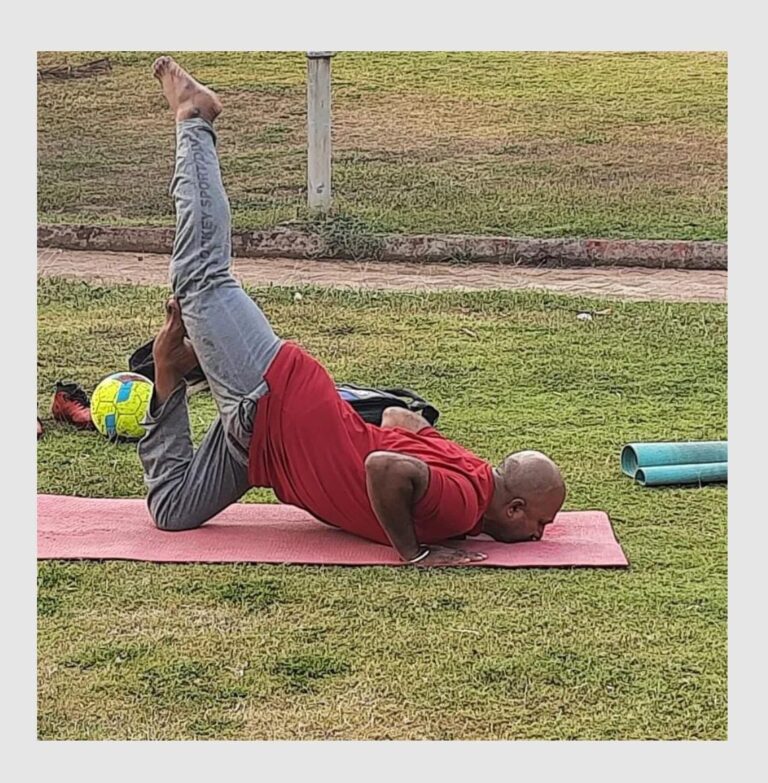
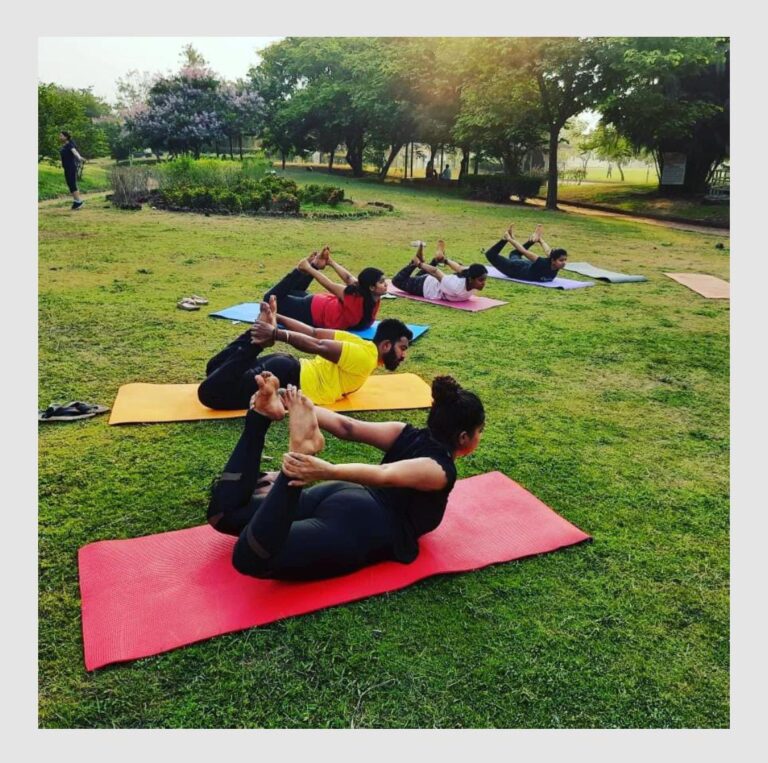
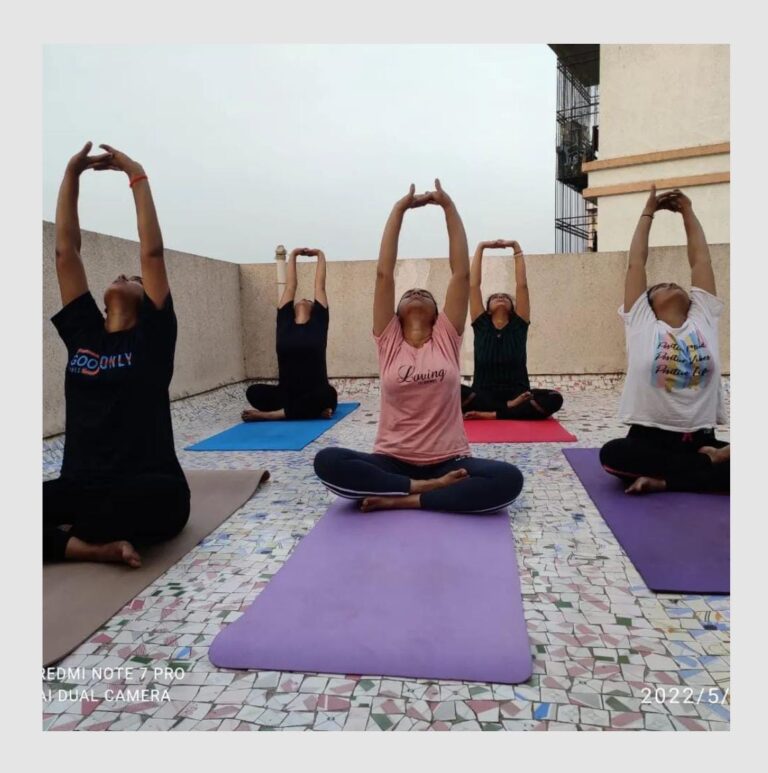
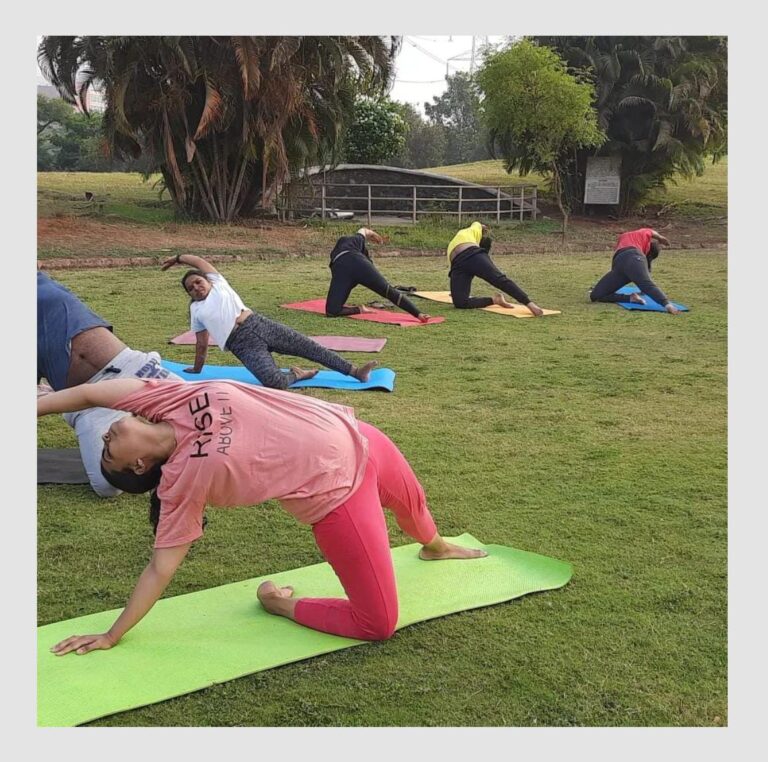
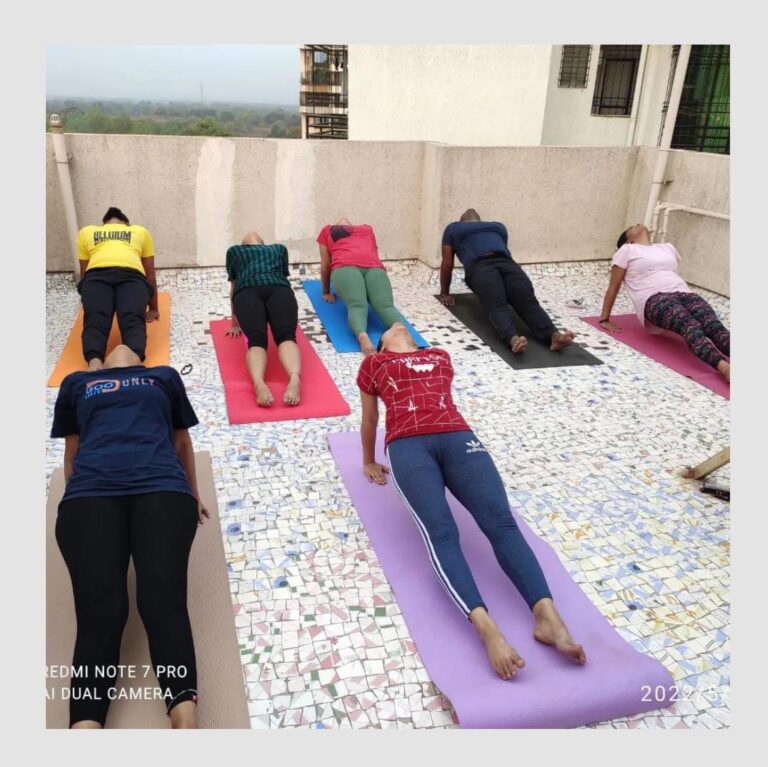
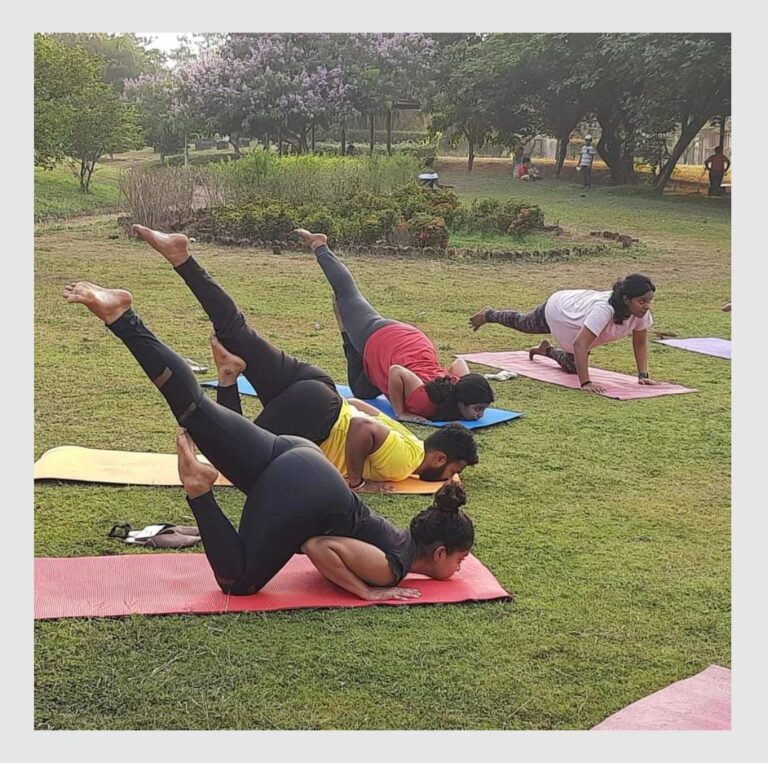

Asanas in yoga can be broadly categorized into different types based on their primary focus and benefits. Here are some common types of asanas presented by The Yoga Art are :
1. Standing Asanas: Asanas where the practitioner stands and performs various postures, such as Tadasana (Mountain Pose), Virabhadrasana (Warrior Pose), and Trikonasana (Triangle Pose).
2. Sitting Asanas: Asanas performed in a seated position, including Padmasana (Lotus Pose), Sukhasana (Easy Pose), and Ardha Matsyendrasana (Half Lord of the Fishes Pose).
3. Supine Asanas: Asanas where the practitioner lies on their back, such as Savasana (Corpse Pose), Supta Baddha Konasana (Reclining Bound Angle Pose), and Setu Bandhasana (Bridge Pose).
4. Prone Asanas: Asanas performed lying face down, like Bhujangasana (Cobra Pose), Shalabhasana (Locust Pose), and Dhanurasana (Bow Pose).
5. Balancing Asanas: Asanas that require balance and focus, such as Vrikshasana (Tree Pose), Bakasana (Crow Pose), and Garudasana (Eagle Pose).
6. Twisting Asanas: Asanas that involve twisting the spine, like Bharadvajasana (Bharadvaja’s Twist), Ardha Matsyendrasana (Half Lord of the Fishes Pose), and Parivrtta Trikonasana (Revolved Triangle Pose).
7. Forward Bending Asanas: Asanas where the practitioner bends forward, such as Uttanasana (Standing Forward Bend), Paschimottanasana (Seated Forward Bend), and Janu Sirsasana (Head-to-Knee Forward Bend).
8. Back Bending Asanas: Asanas that involve backward bending of the spine, like Ustrasana (Camel Pose), Dhanurasana (Bow Pose), and Setu Bandhasana (Bridge Pose).
9. Inversion Asanas: Asanas where the head is positioned below the heart, such as Sirsasana (Headstand), Sarvangasana (Shoulder Stand), and Adho Mukha Vrksasana (Handstand).
10. Core Strengthening Asanas: Asanas that focus on strengthening the abdominal muscles and core, like Navasana (Boat Pose), Plank Pose, and Paripurna Navasana (Full Boat Pose).
Each type of asana has specific benefits for the body, mind, and spirit, and a well-rounded yoga practice often includes a variety of these types to promote overall health and well-bein
